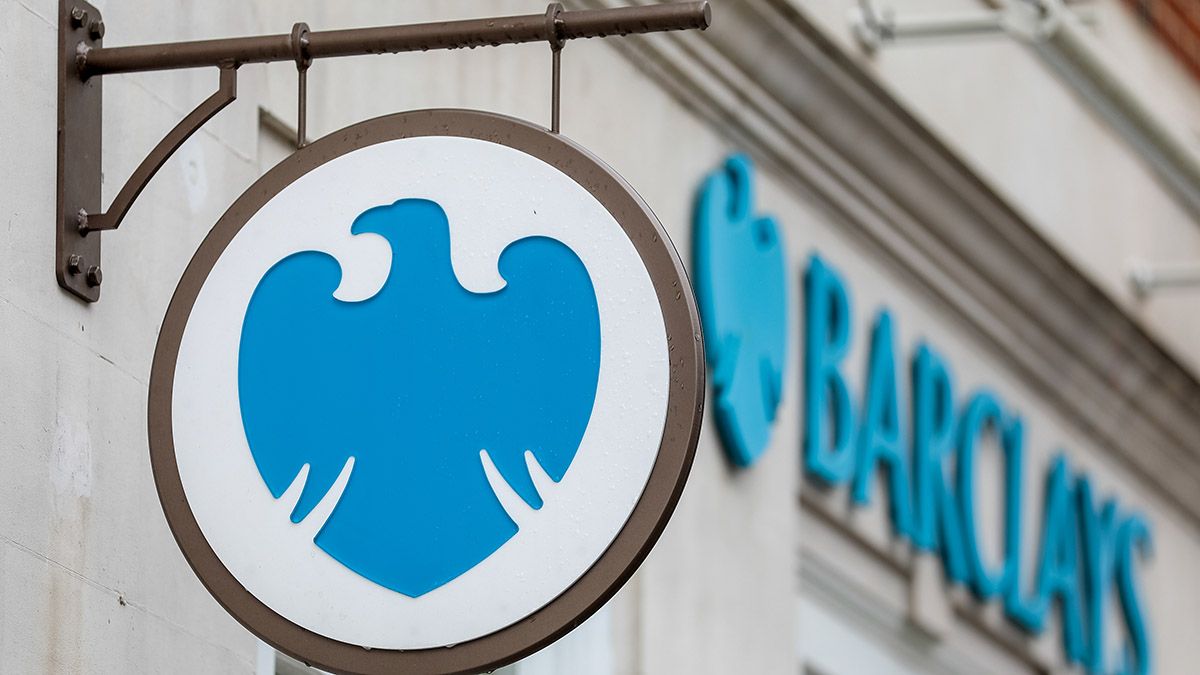Barclays [BARC] share price took a hammering in 2018. Over the course of the year it dropped more than 25% as reputational problems, macroeconomic concerns and the ongoing Brexit saga weighed on investor confidence. Powered by CMC Markets, as at 19 February 2019
Powered by CMC Markets, as at 19 February 2019
Despite this, third-quarter results came in stronger than expected, with the bank posting £1 billion in revenue, beating analyst predictions of just over £720 million. Pre-tax profits exceeded expectations too, coming in at £1.46 billion compared to the £1.11 billion seen in the same quarter the previous year. There was also a 19% income bump for Barclays investment business, which has been expanded under CEO Jes Staley causing a backlash from certain shareholders.
Barclays share price started 2019 at 148.5 and has steadily climbed towards the 160 level. The bank’s 2018 results due out on 21 February will be a weather vane to see if the stock can keep up momentum.
What to look out for in the 2018 results
1. On track to meet City targets
Analysts are expecting Barclays to deliver around £8 billion in profit for 2018 and 2019. This is good news as the bank has struggled to grow in recent years. If Barclays achieve this then the share price should have no problem hitting the City’s 5% yield forecast for 2019 - 50 basis points above predictions for the FTSE 100. With the current payout ratio at 138%, shareholders look set to be rewarded. However, news that the bank has missed its expected earnings growth in 2018 would hit hard.
138%
Current payout ratio on Barclays shares
2. Investment banking performance
Activist investor Edward Bramson has been pressuring Barclays to curtail its investment banking business. Bramson argues that consumer banking is more profitable and less risky and Barclays could be left wanting should the market become volatile. This fundamentally disagrees with CEO Jes Staley’s investment-led approach. Staley’s strategy was dealt a huge blow on Monday however, as New York hedge fund Tiger Global dumped their $1bn stake in the company. Tiger had been among the staunchest supporters of Staley’s plan, rendering the timing of their exit critical, as Staley aims to convince board members and shareholders alike that it is the investment bank that will spearhead a turnaround.
Bramson, who owns a 5.5% stake in the bank through his investment company Sherbourne Investors, has tabled a motion for the 2 May AGM where shareholders will take a vote on whether to elect Bramson to the bank’s board. If Staley is to see off a boardroom showdown, Barclays’ investment arm needs to post solid results for the fourth quarter of 2018.
3. Cost cutting
Like the UK’s other big banks, Barclays has been on a mission to reduce its operating costs through digitisation, streamlining IT systems and job cuts. 56,000 jobs have already been lost and a number of high street branches have closed as the company continues to provide more of its services online. Last month saw the bank lose a further 300 jobs after closing down its Leeds call centre. Any signs that this cost cutting has resulted in improved profitability could send the share price higher.
| Market cap | £27.25bn |
| Total debt (MRQ) | £559.86bn |
| PE ratio (TTM) | 75.71 |
| EPS (TTM) | 2.10 |
Barclays stock vitals, Yahoo finance, as at 19 February 2019
4. Brexit
Barclays has been proactive in its Brexit preparations. In January, the bank won High Court approval to transfer the assets of 5000 customers to its Irish subsidiary so it can continue to serve EU clients in the event of a no-deal on 29 March. Still, future-proofing against the possible effects of Brexit isn’t cheap, costing the bank about £200 million.
While its diversified business model makes it more resilient than other UK banks, it is not immune. Any Brexit-triggered slowdown in home buying or consumer spending could hit its loan and credit businesses.
5. PPI and litigation cost
In the first-quarter of 2018, the bank extended its provision to pay legitimate PPI claims by £400 million, bringing the amount set aside for claims to £1.1 billion. Investors will be unnerved if any more money is needed, especially with the possibility of a last minute rush in claims in the run up to the 29 August PPI deadline.
The bank also agreed to pay the US Department of Justice a hefty $1.4 billion fine last year over the sale of mortgage-backed securities in the run-up to the 2008 financial crisis. Yet another cost that will weigh on results.
$1.4bn
Value of Barclays' fine paid to the US Department of Justice
Where next?
While the stock is up over 5% this year, it has lost 19% of its value since February 2018. Traders will now be looking for the share price to continue to edge higher and avoid a sudden drop to the 146 level hit at the end of December. With a forward P/E of around 7.1 and predicted gains for the year, bargain-hunting investors might decide it’s the right time to pick up shares in Barclays, providing the 2018 results don’t throw up any surprises.
Continue reading for FREE
- Includes free newsletter updates, unsubscribe anytime. Privacy policy





